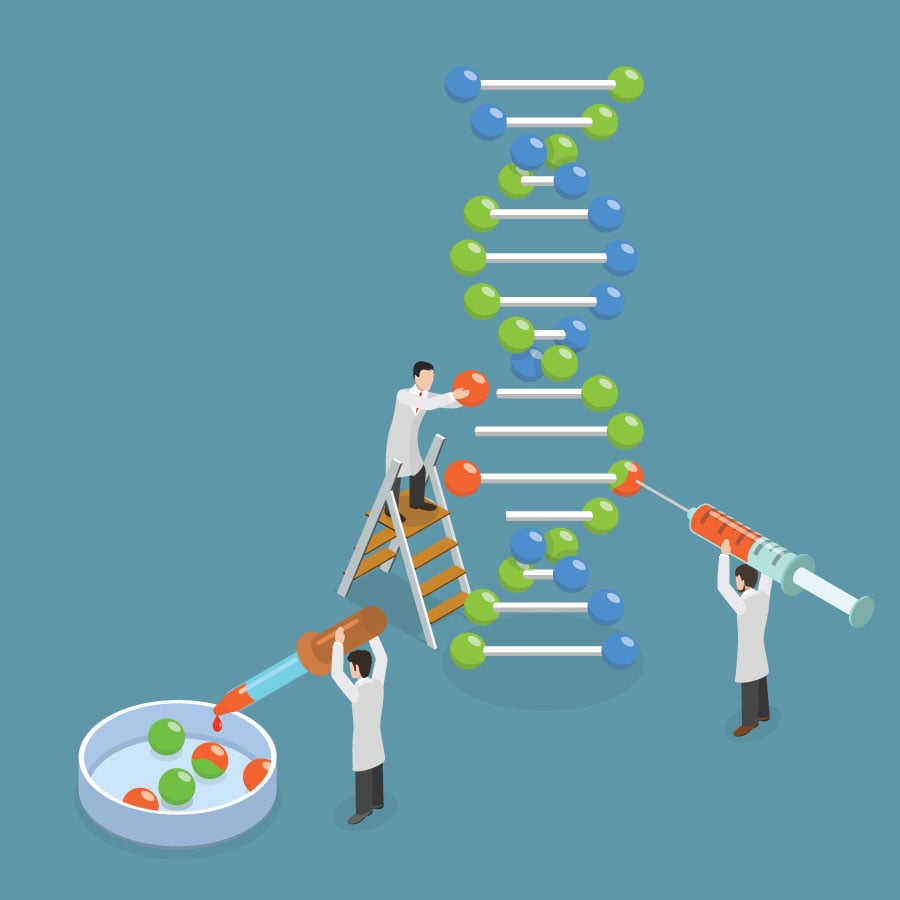 The theory of evolution states that living organisms evolve to be fitter for survival. Conventional wisdom is that organisms become fitter through progressively more beneficial gene mutations. But new research by chemical and biomolecular engineering professor Marc Ostermeier provides an intriguing counterexample. He has found that mutations with poor intermediate outcomes can eventually lead to a fitter organism under a changing environment.
The theory of evolution states that living organisms evolve to be fitter for survival. Conventional wisdom is that organisms become fitter through progressively more beneficial gene mutations. But new research by chemical and biomolecular engineering professor Marc Ostermeier provides an intriguing counterexample. He has found that mutations with poor intermediate outcomes can eventually lead to a fitter organism under a changing environment.
The study, published in Science Advances, gives insight into the complex pathways through which bacteria can evolve antibiotic resistance. It could have implications for the fight against antibiotic resistance.
Ostermeier studies natural evolution to apply its principles for engineering new proteins. For the new study, he and his graduate student Barrett Steinberg, PhD ’15, wanted to test how environmental changes would affect the evolution of antibiotic resistance. The duo mutated an antibiotic resistance gene in E. coli bacteria and chose microbes with the desired resistance level for the next round of mutations. The microbes went through eight rounds of mutations.
After each of the first three rounds, the researchers selected two groups of bacteria for the next cycle: those that had less resistance to the antibiotic and those with higher resistance. For the next five rounds, only bacteria with higher resistance were chosen. For every round, they changed the bacteria’s growth medium—say, adding a second antibiotic or changing the antibiotic concentration.
In the end, the bacterial group that had initially evolved low resistance turned out to have the highest antibiotic resistance. The reason is that a mutation’s effect depends on its context. “Mutations can be bad by themselves, but in combination, they can become very good,” Ostermeier says.
Hospitals generally combat antibiotic resistance via drug cycling, using one antibiotic for a while, switching to a different one for some time, and then switching back. The idea is that bacteria have to keep restarting their evolution pathway to improve resistance. The new results could warrant a rethink.
“A changing environment might allow the bacteria the opportunity to develop even higher resistance,” he says.
But first, he adds, more testing of other genes will be needed to know whether this is the exception or the rule. — Prachi Patel




